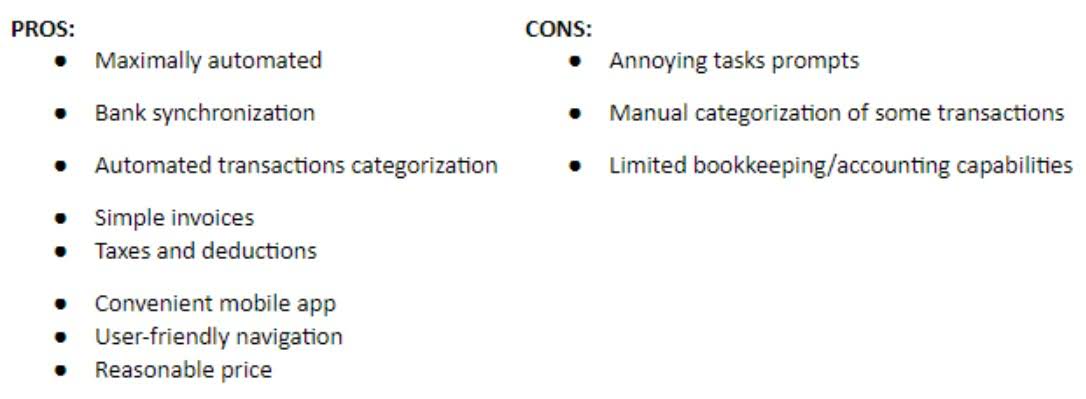
This will help demonstrate how this method works with a tangible asset that rapidly depreciates. Accelerated depreciation techniques charge a higher amount of depreciation double declining depreciation in the earlier years of an asset’s life. One way of accelerating the depreciation expense is the double decline depreciation method.
Examples of Double Declining Balance Depreciation
In the final period, the depreciation expense is simply the difference between the salvage value and the book value. Typically, accountants switch from double declining to straight line in the year when the straight line method would depreciate more than double declining. For instance, in the fourth year of our example, you’d depreciate $2,592 using the double declining method, or $3,240 using straight line. In the first year of service, you’ll write $12,000 off the value of your ice cream truck.
- Depreciation rates used in the declining balance method could be 150%, 200% (double), or 250% of the straight-line rate.
- These tools can quickly adjust book values, generate detailed financial reports, and adapt to various depreciation methods as needed.
- The declining balance method is one of the two accelerated depreciation methods and it uses a depreciation rate that is some multiple of the straight-line method rate.
- Through this example, we can see how the DDB method allocates a larger depreciation expense in the early years and gradually reduces it over the asset’s useful life.
- The journal entry will be a debit of $20,000 to Depreciation Expense and a credit of $20,000 to Accumulated Depreciation.
- This is the fixture’s cost of $100,000 minus its accumulated depreciation of $36,000 ($20,000 + $16,000).
- It is a form of accelerated depreciation, which means that the asset depreciates at a faster rate than it would under a straight-line depreciation method.
Calculating Double Declining Depreciation

We have helped accounting teams from around the globe with month-end closing, reconciliations, journal entry management, intercompany accounting, and financial reporting. A variation on this method is the 150% declining balance method, which substitutes 1.5 for the 2.0 figure used in the calculation. The 150% method does not result in as rapid a rate of depreciation at the double declining method. With our straight-line petty cash depreciation rate calculated, our next step is to simply multiply that straight-line depreciation rate by 2x to determine the double declining depreciation rate.
Double Declining Balance Method Formula (DDB)

Hence, our calculation of the depreciation expense in Year 5 – the final year of our fixed asset’s useful life – differs from the prior periods. In the step chart above, we can see the huge step from the first point to the second point because depreciation expense in the first year is high. This concept behind the DDB method matches the principle that newly purchased fixed assets are more efficient in the earlier years than in the later years.
Resources
Through this example, we can see how the DDB method bookkeeping and payroll services allocates a larger depreciation expense in the early years and gradually reduces it over the asset’s useful life. This approach matches the higher usage and faster depreciation of the car in its initial years, providing a more accurate reflection of its value on the company’s financial statements. The double-declining balance depreciation (DDB) method, also known as the reducing balance method, is one of two common methods a business uses to account for the expense of a long-lived asset. Similarly, compared to the standard declining balance method, the double-declining method depreciates assets twice as quickly. The DDB method involves multiplying the book value at the beginning of each fiscal year by a fixed depreciation rate, which is often double the straight-line rate.

